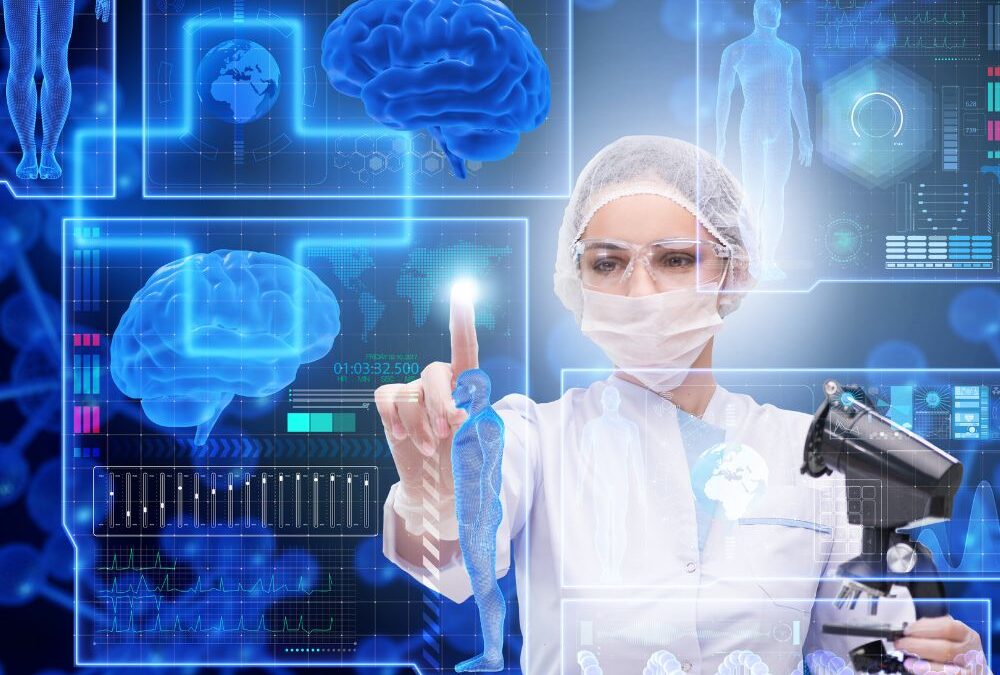Understanding and educating the market is part of our process here at CSI Health. As part of that, we look closely at the types of questions consumers ask about our products. One of the more frequently asked questions is, “What is telemedicine software?“
The simple answer is this: telemedicine software is computer software that powers telemedicine devices. Unless you are a software engineer or involved in manufacturing telemedicine equipment, that definition probably means little to you. No worries. This post will break it down into more easily understood terms.
A Set of Instructions
The first thing to know is what software actually is. At its core, software is a set of instructions that computers follow in order to do what they do. At the heart of every computer is a CPU. Also known as a central processing unit, the CPU reads the instructions and then tells the rest of the parts in the computer what to do.
The device you are reading this post on has some sort of display. While you are reading, the CPU is continually telling the display to do its job. It is also taking the data contained in this post and feeding it to the display so that the display can do its job.
Applying It to Telemedicine
Although our description of software is probably somewhat rudimentary, it makes the point clearly enough. Now let us apply the principle to telemedicine software. A telemedicine software package can do any number of tasks based on how it was designed.
We can divide telemedicine software into multiple categories:
- Communication – Some telemedicine software packages are designed to facilitate communication between clinician and patient. Typically, you are talking video chat, audio chat, and even text-based chat options.
- Diagnostics – Telemedicine software can be designed for diagnostic purposes. All the on-board diagnostic tools included in our telehealth kiosks rely on software to run properly.
- Data Collection – This software doesn’t necessarily have to be related to medicine itself. Some software is designed for data collection purposes. An example would be a patient portal through which information can be shared.
- Data Transmission – Telemedicine is, by nature, remote medicine. In order to facilitate a quality remote experience, telemedicine kiosks and portable units must have software capable of transmitting diagnostic data in real time.
- Health Records – Remote healthcare services are not exempt from electronic health records (EHR) mandates. So some telemedicine packages are designed around the concept of creating, keeping, and sharing records.
Computerized devices would not run without software. Whether you are talking on a computer, cell phone, or one of our healthcare kiosks, software is the engine. It is the brain, heart, circulatory, and respiratory system of the entire telemedicine environment. Without software, telemedicine would not be digital. It would still be analog.
Software Developers Needed
Given that telemedicine software plays such a pivotal role in providing remote healthcare services, demand for high-quality software has never been higher. Nor has the demand for software developers. As a company that has been involved in telehealth for years, we can tell you that good software developers are highly valued.
Telemedicine software is that which makes it possible to have a video chat with your doctor. It is the technology behind the latest mobile apps that give consumers access to on-demand primary care. It is what powers our healthcare kiosks.
In the end though, software is really just a set of digital instructions. They tell computerized devices what to do and how to do it. It sounds so simple, but the nuts and bolts of creating it are rather complex.


Recent Comments